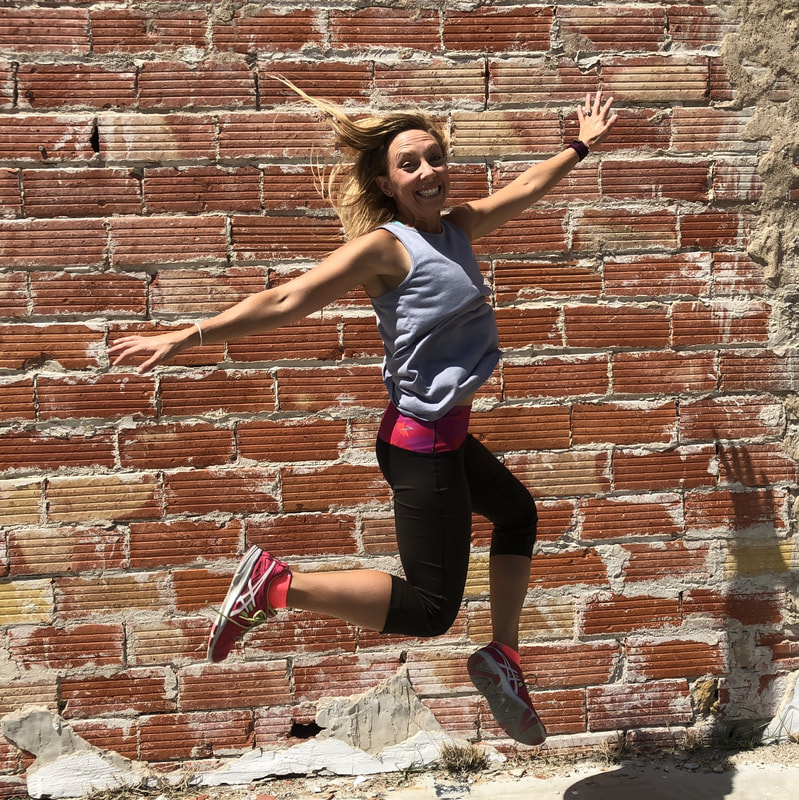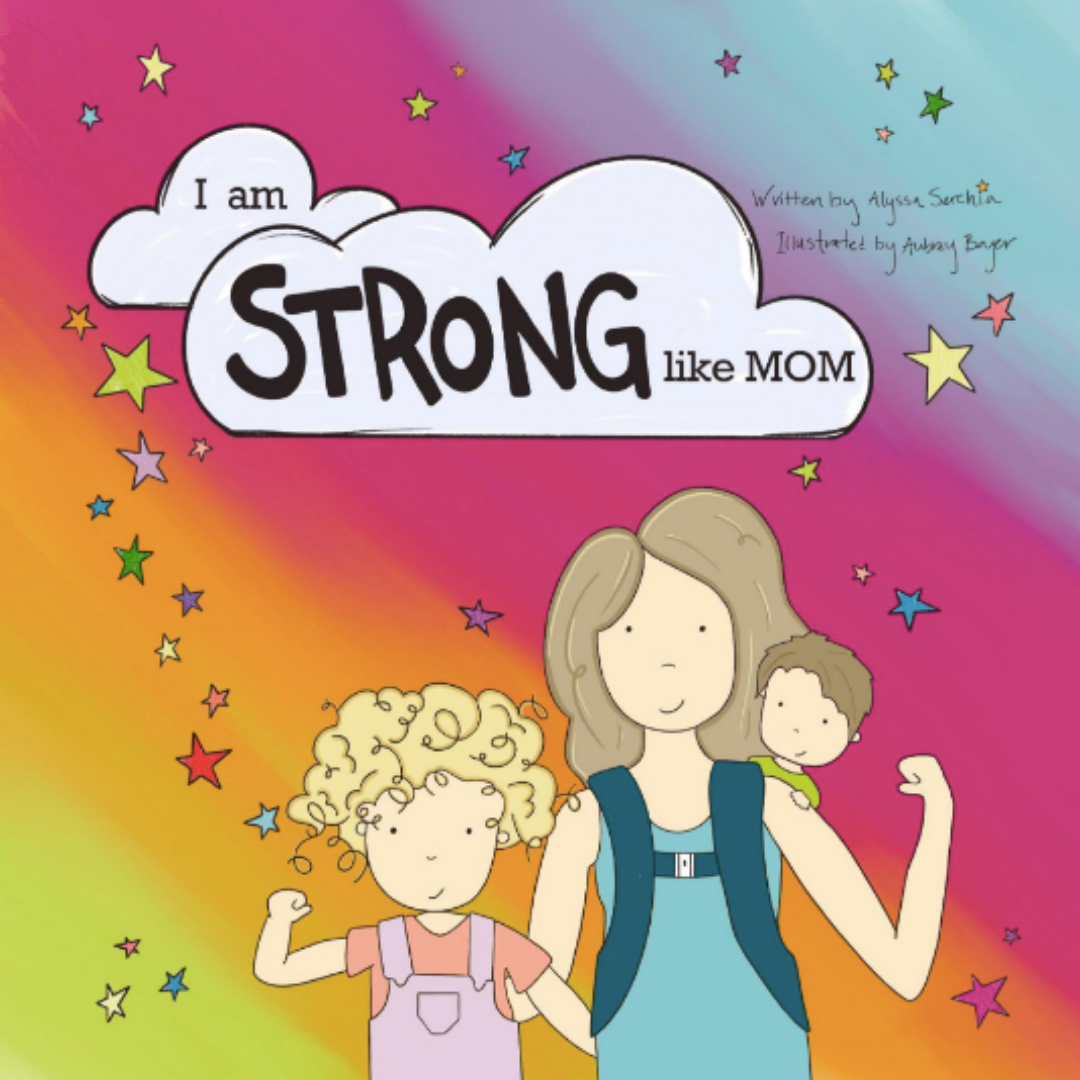Today I'm excited to share with you another look "Inside the Training Room" - with your very own access to a certified athletic trainer. It's one of those perks that competitive athletes have, but every day athletes like us are often stuck with google or family physicians for our fitness injuries. While an ATC isn't a substitute for a medical doctor, they are great at preventing, evaluating and treating injuries. They spend most of their time looking at common sports injuries so they are a great resource for us!
Last time we talked with Annie about ankle sprains. Today, we meet Alissa Coufal - a certified athletic trainer who works in a rehab clinic in Northern Colorado as well as managing all of the sports for Platte Valley High School. She earned her degree from University of Wyoming and has enjoyed working with college and high school athletes alike, as well as rehabbing patients in the clinic setting.
Last time we talked with Annie about ankle sprains. Today, we meet Alissa Coufal - a certified athletic trainer who works in a rehab clinic in Northern Colorado as well as managing all of the sports for Platte Valley High School. She earned her degree from University of Wyoming and has enjoyed working with college and high school athletes alike, as well as rehabbing patients in the clinic setting.
Ask the ATC - Hamstring Strains
I’ve been doing some winter running as well as lifting and doing some plyometric workouts (like P90x) at home. Lately, I’ve had a lot of tightness in my right hamstring/glute area. It gets worse when I’m running and after workouts. It sometimes has shooting pain and other times is just so tight it hurts to straighten my leg!
How does a hamstring strain happen?
Alissa: Hamstring pulls or strains often occur during an eccentric contraction of the hamstring muscle group as an athlete is running (or kicking or during jump or lunge). Just before the foot hits the ground, the hamstrings will contract to slow the forward motion of the lower leg (tibia and foot). Less commonly, a hamstring injury is the result of a direct blow to the muscle from another play or being hit with a ball. Some of the factors which may contribute to a hamstring injury includes:
• Doing too much, too soon or pushing beyond your limits
• Tight hip flexors
• Weak glutes (butt muscles)
• Poor flexibility
• Poor muscle strength
• Muscle imbalance between the quadriceps and hamstring muscle groups
• Muscle fatigue that leads to over-exertion
• Leg Length Differences. A shorter leg may have tighter hamstrings which are more likely to pull
• Improper or no warm-up
• History of hamstring injury
• Doing too much, too soon or pushing beyond your limits
• Tight hip flexors
• Weak glutes (butt muscles)
• Poor flexibility
• Poor muscle strength
• Muscle imbalance between the quadriceps and hamstring muscle groups
• Muscle fatigue that leads to over-exertion
• Leg Length Differences. A shorter leg may have tighter hamstrings which are more likely to pull
• Improper or no warm-up
• History of hamstring injury
Why does it only bother me on one leg?
Alissa: Compensation due to an issue on the other leg (ex. knee pain), or muscle imbalance. If you use one leg more than the other, the muscles will be more developed on one side which causes an imbalance in strength. Muscle tightness caused by hip rotation or lack of flexibility is another factor.
How do I know if I should go to the doctor?
Alissa: If there is bruising and swelling, a divot/dent in muscle, radiating pain down back of leg to foot, or pain with rest that becomes worse if you move.
What can I do to reduce the pain?
Alissa: For the first couple of days practice RICE (rest, ice, compression, elevation). Keeping an ACE bandage wrapped around will help with comfort and pain. I always advise Tylenol only for first 24-48 hours, then you can use Ibuprofen. The reason being is that Ibuprofen thins the blood & if those muscles are severely damaged, you will only increase swelling and bruising to the area. After 48 hours try heat, stretch, and ice in that order. Light stretching only.
Can I keep up with my running? What about my other workouts?
Alissa: I would advise at least a week off of running to give it time to heal. After that I tell my athletes to do what you can. Don't push it because you'll only prolong the healing process. Sometimes hamstring injuries can take a month or more to feel "normal" again.
Swimming is a good cross training work out as well as biking. Neither are weight bearing, which will take stress off the injured leg. Take it easy on the yoga because you can overstretch a muscle which will cause more pain.
Swimming is a good cross training work out as well as biking. Neither are weight bearing, which will take stress off the injured leg. Take it easy on the yoga because you can overstretch a muscle which will cause more pain.
Are there things I can do at home to help me recover faster?
Alissa: There are no short cuts for muscle injuries. They do heal themselves (for the most part) and typically don't require surgical intervention. However they do require time. First focus on flexibility of the muscles. This is where the gentle stretching comes in to play because it will aide in increasing your range of motion again. As your pain diminishes, you can add strengthening exercises. If need be, a few physical therapy visits can be helpful. Your PT can give you an at-home exercise program.
How can I prevent this from happening again? It sucks!
Alissa: WARM UP! I always have problems with my cross country & track athletes because they think they're warm when they're not. Then they go do a work out or run a race and bam! Pulled hamstring. Again, give yourself time to heal. If you go back to activity too early, you risk re-injury which will cause a chronic condition. Once the injured muscles are no long sore or tender to touch, try foam rolling after your workout. This helps break up adhesions that may have formed during the healing process of those muscles.
Sources: (sportsmedicine.about.com, orthoinfo.aaos.org)
Thanks so much Alissa! Isn't it great to have your own personal ATC sometimes? We'll be featuring ATC tips several times throughout the year - so be sure to comment or send me a message with YOUR questions for the Athletic Trainer! We will do our best to get them answered soon!
Disclaimer: Please remember I am not a doctor or certified medical professional. My hope is to provide information from other experts to help my readers. As always, do not treat this as medical advice, and consult your doctor with any injuries, concerns or for a diagnoses.








 RSS Feed
RSS Feed
